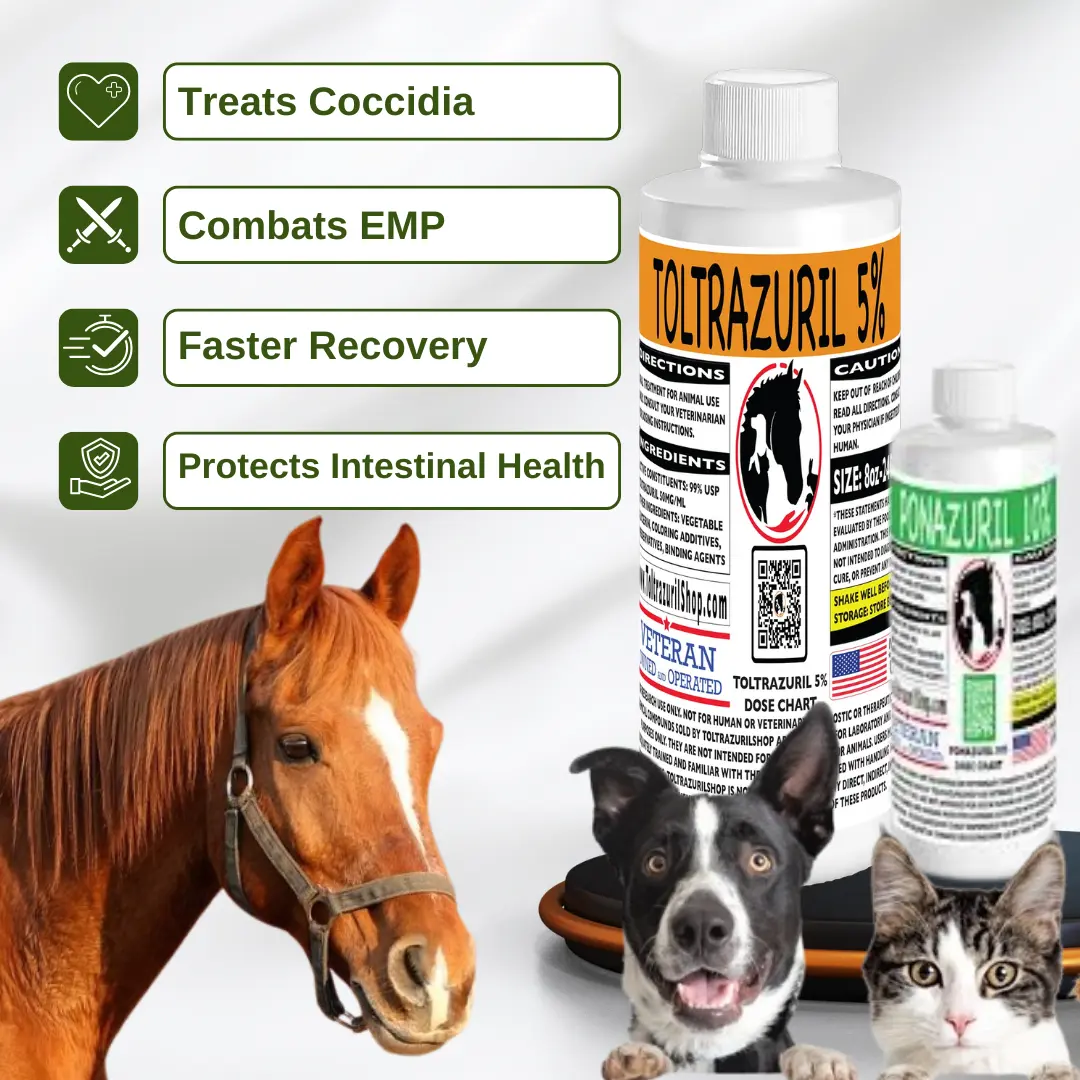No products in the cart.
Coccidia in Barn Cats: Prevention, Symptoms & Treatment
Coccidia in barn cats is a parasitic infection caused by protozoans that primarily affects the intestines. While more common in kittens, adult barn cats can also be affected, especially in environments where sanitation is poor. These parasites are transmitted through contact with contaminated feces, food, or water. Coccidia can lead to severe health issues like diarrhea, dehydration, and weight loss, making it crucial for barn cat owners to understand how to manage and prevent this condition.
Why Barn Cats Are at Higher Risk for Coccidia Infection
Barn cats are at higher risk for coccidia infection because they often live in unsanitary environments and are exposed to multiple potential sources of contamination. Since they may roam outdoors, interact with other animals (such as rodents or stray cats), and lack regular veterinary care, barn cats face greater chances of encountering the parasite. Furthermore, overcrowded conditions in barns increase the likelihood of infections spreading rapidly.
Environmental Factors Contributing to Coccidia in Barn Cats
Several environmental factors significantly increase the risk of coccidia infection in barn cats. These include overcrowded living spaces, unsanitary conditions, and access to contaminated food and water sources. Additionally, barns with inadequate drainage or places where feces accumulate provide a perfect environment for the oocysts (coccidia eggs) to survive and infect cats. Poor hygiene practices and lack of regular cleaning exacerbate these risks.
Managing Coccidia in Barn Cats
Managing coccidia in barn cats is critical to ensuring their health and preventing the spread of the parasite. Prompt identification and treatment are essential to minimizing the infection’s severity and preventing it from spreading to other cats. Proper management also involves maintaining clean environments and ensuring the infected cats receive appropriate care.
Identifying Symptoms of Coccidia in Barn Cats
The most common symptoms of coccidia in barn cats include diarrhea, which may be watery or bloody, vomiting, lethargy, weight loss, dehydration, and loss of appetite. In severe cases, affected cats may show signs of abdominal discomfort. It’s crucial to observe any sudden changes in a barn cat’s behavior and health to catch the infection early.
How to Treat and Manage Coccidia in Barn Cats
Treating coccidia in barn cats typically involves medications such as Toltrazuril or other anti-coccidial drugs prescribed by a veterinarian. In addition to medication, supportive care is vital, which includes rehydrating the cat and ensuring proper nutrition. Infected cats should be isolated from other animals until they are fully treated to prevent the spread of the parasite.
Preventing the Spread of Coccidia in Barn Cats
Preventing the spread of coccidia is essential for barn cat health. This can be achieved through rigorous hygiene practices, proper sanitation, and management of the barn environment to eliminate the sources of contamination.
Hygiene and Sanitation Practices for Barn Cat Areas
Hygiene is key to preventing coccidia infections. Regular cleaning of the barn, including disinfecting areas where cats eat, sleep, and use the litter box, helps reduce the risk of contamination. Bedding should be washed frequently, and feces should be promptly removed. Maintaining a dry and clean environment helps to eliminate the conditions where coccidia can thrive.
Tips for Preventing Coccidia Outbreaks in Barns
To prevent outbreaks of coccidia in barns, owners should minimize overcrowding, regularly clean and disinfect the barn, and ensure that all food and water sources are not contaminated by feces. Isolating infected cats until they are treated will also prevent transmission to other animals. Additionally, preventing stray animals from entering the barn and regular health checks can help catch any infections early.
Coccidia Control and Prevention in Barn Cats
Control and prevention are the most effective strategies for managing coccidia in barn cats. By reducing exposure to the parasite and ensuring proper hygiene, barn owners can reduce the risk of infection and protect their cats from coccidia outbreaks.
How to Reduce the Risk of Coccidia in Barn Environments
Reducing the risk of coccidia in barns involves keeping the environment clean and dry, reducing the presence of wildlife and stray animals, and controlling the movement of cats within the barn. Regular cleaning, proper waste disposal, and limiting direct contact between infected and healthy cats are essential steps in minimizing the risk.
Regular Monitoring and Veterinary Care for Barn Cats
Routine veterinary care is vital for detecting coccidia in barn cats before it spreads or causes severe symptoms. Regular fecal exams can help identify infections early, allowing for prompt treatment. A regular deworming schedule and maintaining overall cat health through balanced nutrition and proper medical care also help to reduce the risk of coccidia.
FAQs:
Can barn cats get coccidia?
Yes, barn cats are susceptible to coccidia due to exposure to contaminated environments and other animals.
What are the symptoms of coccidia in barn cats?
Symptoms include diarrhea (often bloody), vomiting, lethargy, dehydration, and weight loss.
How can I prevent coccidia in barn cats?
Maintaining clean environments, reducing overcrowding, and isolating infected cats are crucial for prevention.
What is the treatment for coccidia in barn cats?
Treatment typically involves medications like Toltrazuril, along with supportive care such as hydration.
References:
Next Steps:
For more detailed information on Coccidia in Adult Cats, visit our article on “Coccidia in Adult Cats: Causes, Symptoms, and Treatment.“


